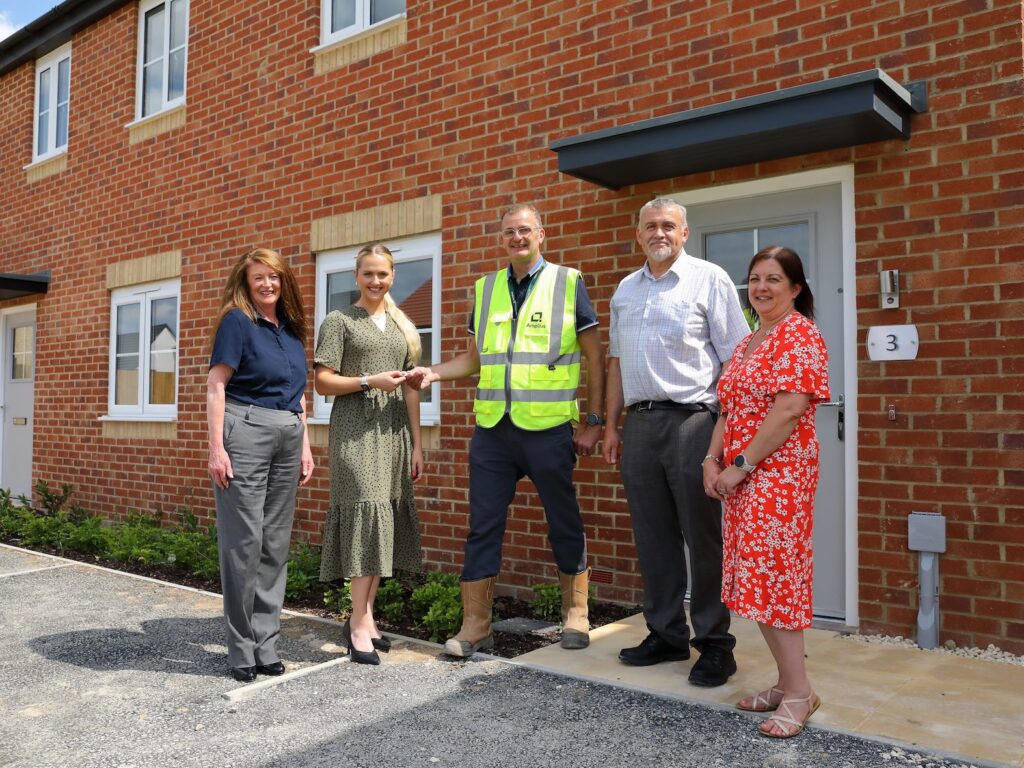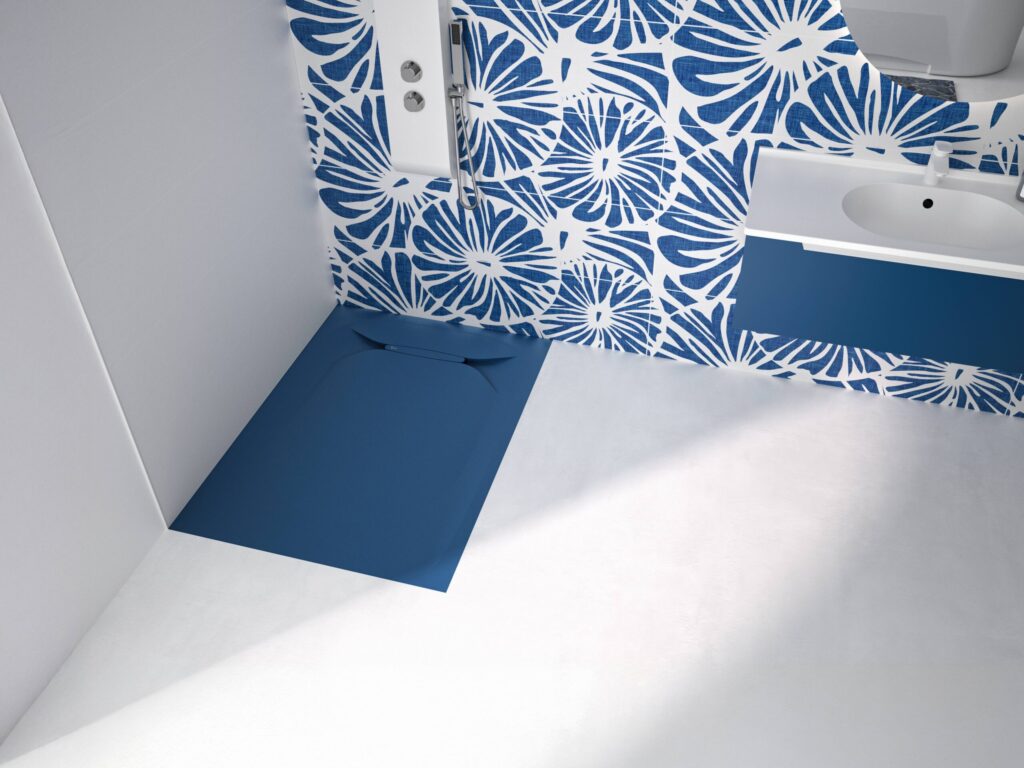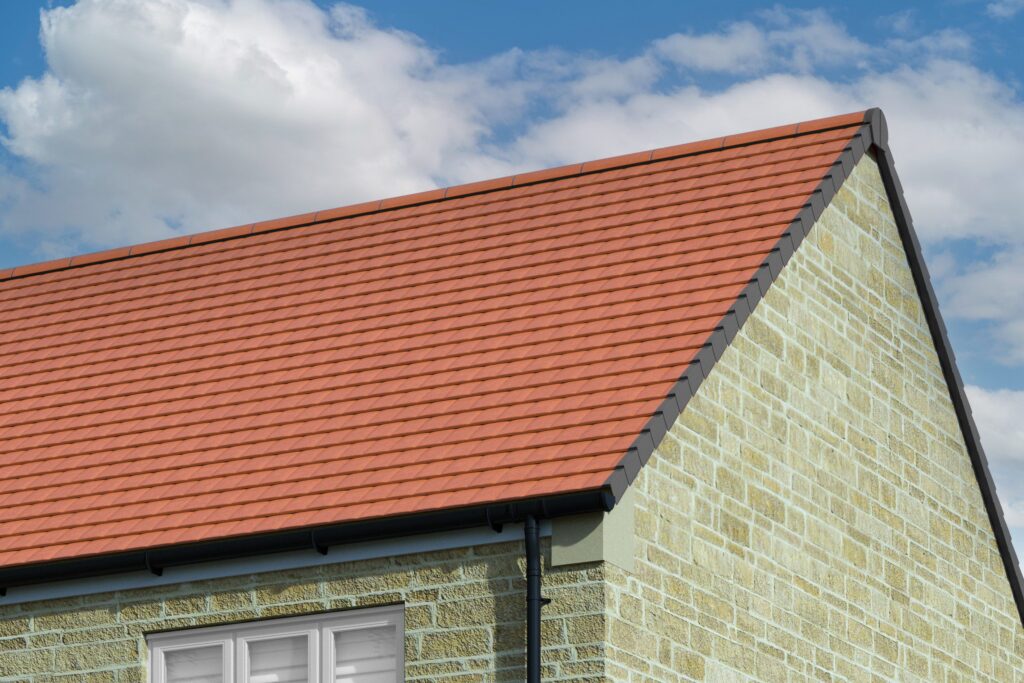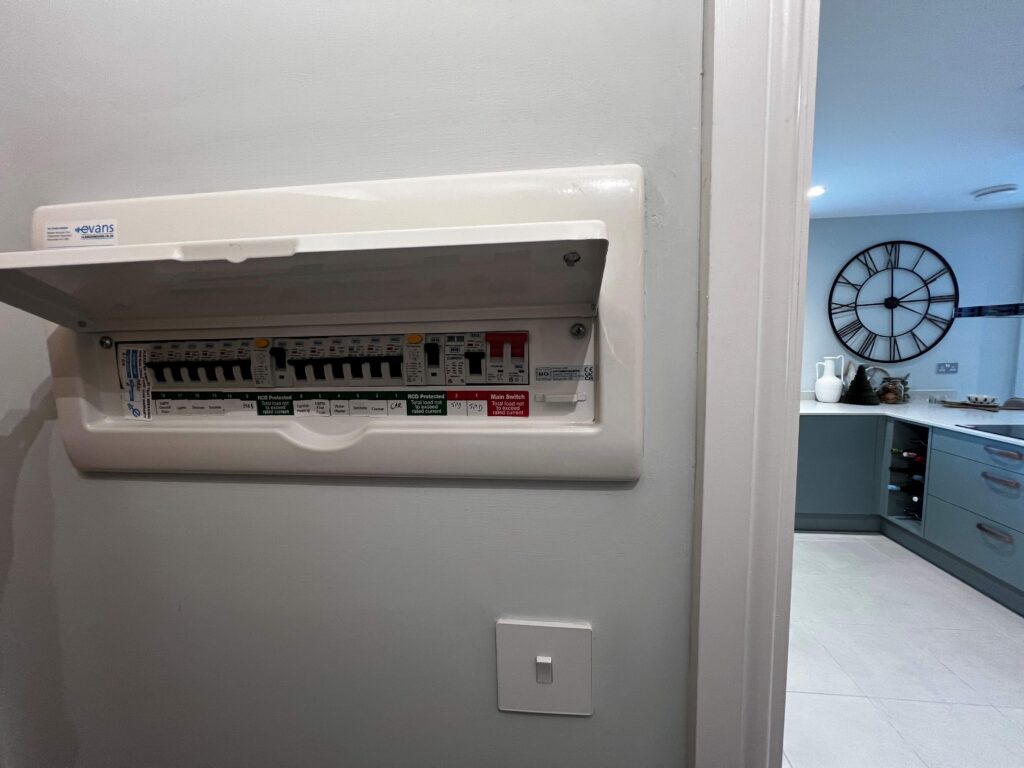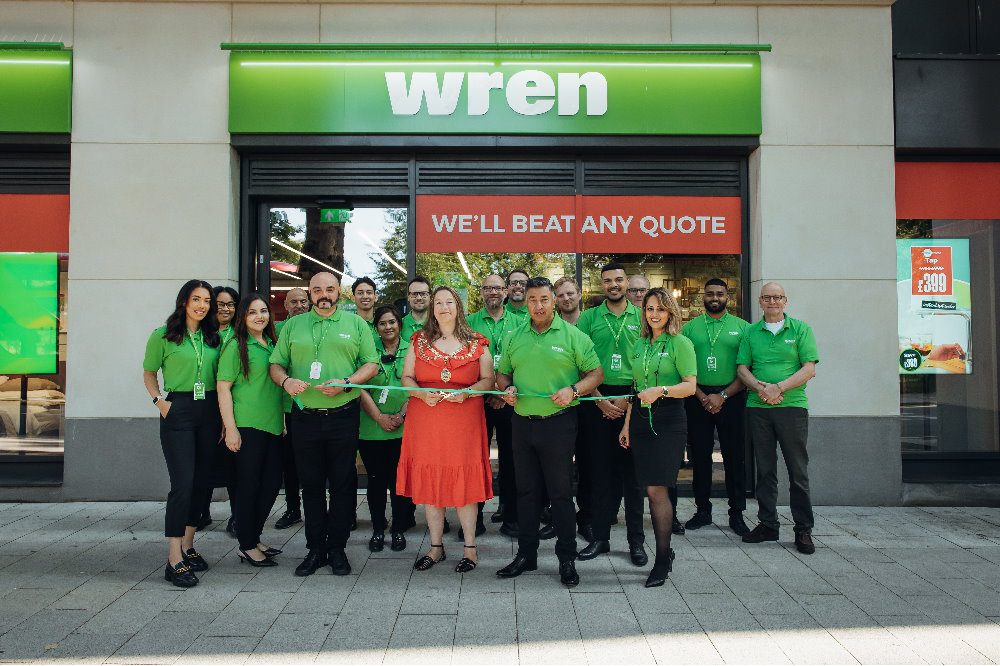HP Construction Services Director Xavier Juarez talks about technological innovation in the construction industry, following the launch of the revolutionary HP SitePrint
What is your history with HP?
I joined HP when I was a student. I’m a telecommunications engineer by education and I’ve had several roles at HP. More recently, before my current role, I was the product director for the large format printing business. Essentially, creating printers that are mostly aimed at architects, engineers and construction companies to print blueprints, which is a market where we have been for a long time.
What is HP SitePrint and what makes it innovative?
HP SitePrint is an autonomous robotic solution that intends to automate the process of layout or setups – depending on which company you talk to they might use a different name – which in the end is the process of marking on the floor of a construction site where the walls are going to go, where the mechanical and electrical and plumbing points are going to be, like for example the hangers for piping or the higher sprinklers or whatnot, so where the elements that have to be built are going to be placed.
So, today this process is very important because if you make a mistake when doing the layout of set-up, this mistake propagates on the line. This means you need to do it with a lot of care and the people that do it are normally very skilled, but it takes a long time because it’s very minimal and it’s in the critical part of the project because typically you cannot start building until you have marked where things are going to go.
What we intend to do with SitePrint is to give these professionals that are doing the job today the ability to mark the floor, which typically involves chalk and being on their knees, in a faster and more accurate way. We wanted to give them a tool that would make that part of the job faster and easier so that they could focus on coordination, selecting the right elements to mark and then checking afterwards.
It’s a new product category in the market. When we started developing HP SitePrint, similar products didn’t exist.
What inspired the idea behind HP site?
Actually, that’s something that we feel very proud of. This has been a very curious project in the way that we have approached it. About five years ago we had an innovation contest within the team or within the division within HP where I work, which essentially does printers for architects and engineers. From going to construction sites and observing, and doing the job together with the people in the group, one of the teams realised that there was this process of setting out that was very time-consuming. Very! So they thought that as we can print on paper with high accuracy, we should be able to print on the concrete slab, from 0 to 2000 square metres.
How have you managed to stay ahead of the curve of innovation?
For me it’s always about insights. There are many different components to it, but you need to have very good insights from customers, and having insights is not just asking, which we do a lot, but it’s about experiencing customer problems first-hand. Being there with them and understanding how they work when they’re facing issues. Both our product marketing and product management teams are very focused on this, as this is where creativity arises.
When our experts visited construction sites, they were not looking to robot the floor. They were trying to understand how we could help construction companies handle information better. We had some very good engineers that thought, “We can have a solution for that”. So, for me everything starts with knowing very well your customer. On top of that, you need to have people that can link that with available technologies or technologies that we can develop. But you need to have put the customer in the centre of what you’re observing, and then link that to technology as soon as you can. SitePrint would not have been possible if we had simply taken the observative approach. Sometimes you need to take risks and ensure that you have found something, and that you want to fix it. You may not have all the information at the very beginning, but then put resources in and let them work for a while without too many constraints, and check from time to time how things are going. Like this, we found out that great ideas happen.
What are the main benefits of using HP SitePrint?
The main benefit for me is increasing productivity in a process that is very time consuming and that is in the critical path. If we can reduce days or weeks of layout by a factor of 10, we can be 10 times more productive, which means that we can shorten schedules, we can also free up time from some of the most skilled workforce on the construction site. These more skilled workers can then take over other tasks. This means being able to do things faster and at the same time give the space to be able to do more things while the robot is working on top of that. It brings a lot of consistency and accuracy, but the main benefit is productivity in a process that is otherwise long.
What challenges have you come across since work began on HP SitePrint?
Well, to us I would say the key challenge was that this is a new product category. So, we needed to understand very well what the requirements of customers were so that we could design the right product. In the end you think, “It’s okay, you want a robot to print layout”. But then you need to start finding out different uses which are going to be the requirements in terms of accuracy, in terms of use, in terms of setup. Once we narrowed down what the requirements were, we understood that the essential one was accuracy. We can create accuracy better than three millimetres. And this has been where the technical team has invested the majority of its time, into designing a solution around this design criteria or customer requirement.
What are your predictions for the future of this market?
I firmly believe that construction is at a tipping point in terms of the adoption of technology. We see it not just with robotics, but also in other fields like software. We are starting to see a significant increase in the use, but also in the investment that is being given by different companies and by venture capital. What we see is that construction is a means, a fundamental industry for humanity, because in the end it’s the one that builds the buildings that we use to live or work in. And it’s growing constantly. The world’s population is growing, there’s more need for infrastructure, there’s the need to renew all infrastructure in order to make it more sustainable, to make it better, and this constant growth that we see at all levels, 3.54%, is a pretty steady growth rate.
The only way to catch up with the growth of construction is to have more people working on construction. But we actually see the opposite happening. We see that it’s harder and harder to find skilled labour for construction. In the end we think that the way to resolve the situation is by adopting more technology that is going to help to build more with the current available workforce.
To me the important part is not so much the solution, but the problem itself. SitePrint is a great solution because it resolves what we consider to be a big constraint that exists today.
Read more news and exclusive features in our latest issue here.
Never miss a story… Follow us on:
Showhome
@Your_Show_Home
@Showhomemag
Media Contact
Joseph Clarke
Editor, Showhome
Tel: +44 (0) 1622 823 920
Email: [email protected]







